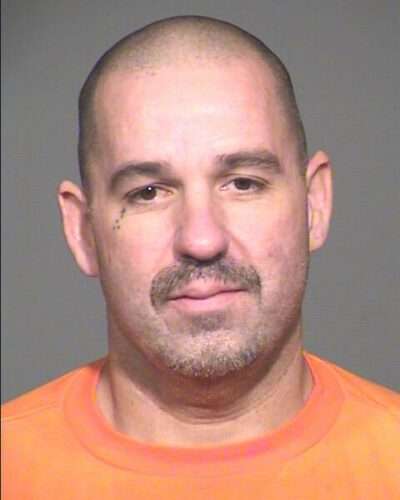Dwandarrius Robinson Arizona Death Row
Dwandarrius Robinson was sentenced to death by the State of Arizona for the murder of a woman and her unborn child. According to court documents Dwandarrius Robinson called 911 saying his girlfriends apartment was on fire. When firefighters arrived they found a woman inside who was bound with duct tape and a rag stuck in … Read more








